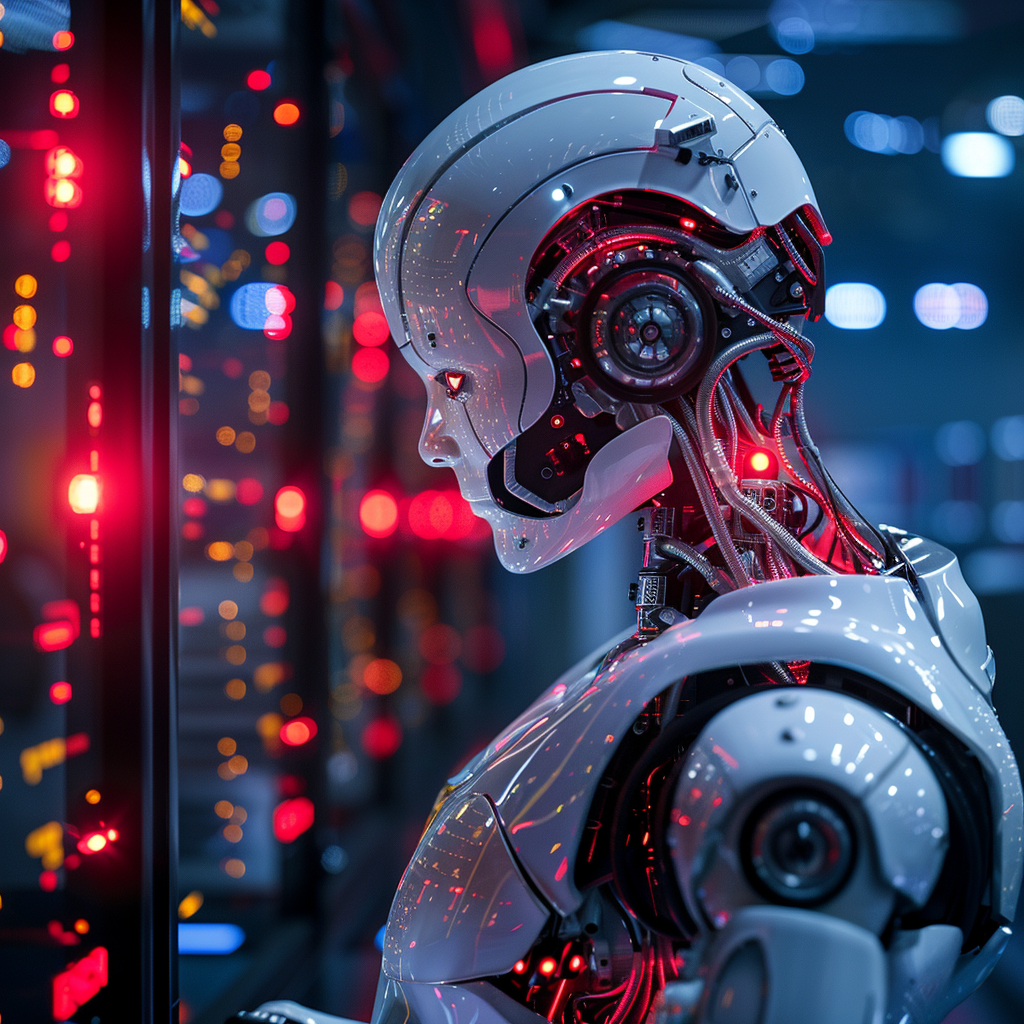As advancements in artificial intelligence (AI) and automation reshape industries across the globe, the labor market is undergoing a profound transformation. While AI brings opportunities for increased efficiency and innovation, it also poses challenges for workers in certain sectors. In this article, we explore the top 10 jobs that are at risk of being replaced by AI within the next five years, highlighting the need for reskilling and adaptation in the face of technological change.
1. Data Entry Clerks
Data entry clerks, responsible for inputting and managing data in various systems, are increasingly susceptible to automation. AI-powered software and algorithms can perform data entry tasks more quickly and accurately than humans, leading to a decline in the demand for manual data entry roles.
2. Retail Cashiers
With the rise of self-checkout systems and cashier-less stores, the role of retail cashiers is being phased out in many establishments. AI-enabled payment processing systems and automated checkout kiosks eliminate the need for human cashiers, reducing labor costs and streamlining the shopping experience for customers.
3. Telemarketers
Telemarketing, once a staple of sales and marketing efforts, is becoming increasingly automated through AI-powered chatbots and virtual assistants. These intelligent systems can engage with customers, answer queries, and even facilitate sales transactions without the need for human intervention, rendering traditional telemarketing roles obsolete.
4. Customer Service Representatives
AI-driven chatbots and virtual agents are revolutionizing customer service operations by providing immediate assistance and resolving inquiries 24/7. As these systems become more sophisticated and capable of handling complex interactions, the need for human customer service representatives is diminishing, particularly for routine and repetitive tasks.
5. Truck and Delivery Drivers
The advent of autonomous vehicles and drones is poised to disrupt the transportation and logistics industry, including the role of truck and delivery drivers. AI-powered self-driving trucks and drones can efficiently navigate routes, transport goods, and make deliveries with minimal human involvement, leading to job displacement in the transportation sector.
6. Receptionists and Administrative Assistants
AI-powered virtual assistants and chatbots are increasingly being deployed to manage administrative tasks, schedule appointments, and handle inquiries in office settings. As these systems become more sophisticated and capable of natural language processing, the need for human receptionists and administrative assistants is diminishing.
7. Fast Food Cooks and Food Preparation Workers
In the food service industry, AI-driven kitchen automation systems and robotic cooks are automating food preparation processes, from burger flipping to pizza making. These systems can enhance efficiency, consistency, and food safety while reducing the reliance on human cooks and food preparation workers.
8. Manufacturing Assemblers and Production Workers
Automation technologies, including robotic arms and automated assembly lines, are transforming the manufacturing sector by replacing manual labor with machines. AI-powered robots can perform repetitive assembly tasks with precision and speed, leading to job displacement for manufacturing assemblers and production workers.
9. Bank Tellers and Financial Clerks
The banking and financial services industry is embracing AI-driven technologies to automate routine transactions, such as depositing checks and processing withdrawals. Self-service kiosks, mobile banking apps, and AI-powered chatbots are reducing the need for human bank tellers and financial clerks, particularly for routine banking operations.
10. Insurance Underwriters and Claims Adjusters
AI and machine learning algorithms are revolutionizing the insurance industry by automating underwriting processes and claims handling procedures. These intelligent systems can analyze vast amounts of data, assess risk factors, and expedite claims processing, reducing the need for human insurance underwriters and claims adjusters.
Conclusion: Embracing Change and Adaptation
As AI continues to advance and automation reshapes the labor market, workers must adapt to the evolving landscape of employment opportunities. While certain jobs may be at risk of being replaced by AI in the next five years, new roles and industries are emerging that require human creativity, problem-solving skills, and emotional intelligence. By embracing lifelong learning, upskilling, and reskilling, workers can position themselves for success in the age of automation, harnessing the transformative power of AI to drive innovation and economic growth.
